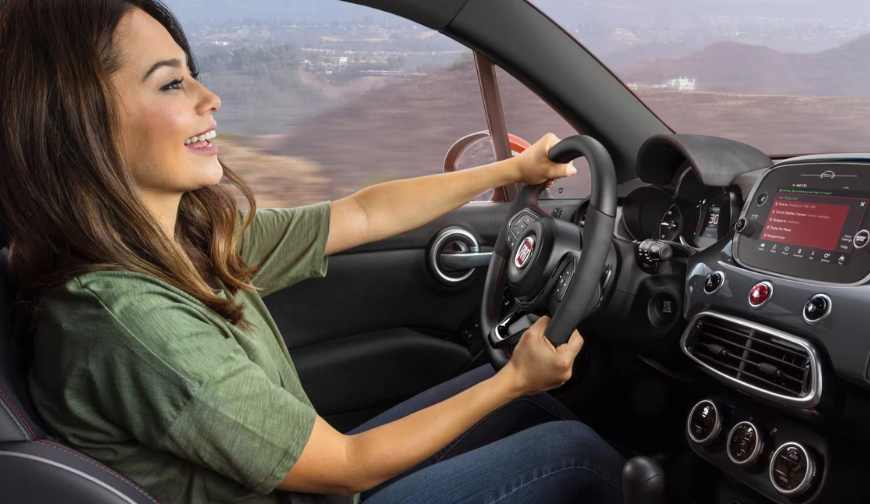
- April 13, 2024
- No Comments

When it comes to safety, Fiat prioritises the protection and well-being of drivers and passengers. From advanced technologies to thoughtful engineering, Fiat vehicles are equipped with a range of safety features designed to enhance occupant protection and prevent accidents. Here’s what you need to know about navigating Fiat’s safety features:
1. Active Safety Systems:
- Fiat vehicles come equipped with active safety systems designed to help prevent accidents before they occur. These may include features such as:
- Anti-lock Braking System (ABS): Prevents wheel lock-up during emergency braking, allowing the driver to maintain steering control.
- Electronic Stability Control (ESC): Helps maintain vehicle stability during sudden manoeuvres or loss of traction by selectively braking individual wheels and adjusting engine power.
- Traction Control System (TCS): Limits wheel spin during acceleration on slippery surfaces to improve traction and control.
- Brake Assist (BA): Provides additional braking force during emergency braking situations to reduce stopping distances.
- Hill Start Assist (HSA): Prevents the vehicle from rolling backwards when starting on an incline by temporarily holding the brakes.
2. Passive Safety Features:
- In the event of a collision, Fiat vehicles are equipped with passive safety features to protect occupants and minimise injury. These may include:
- Multiple Airbags: Fiat vehicles are equipped with a comprehensive airbag system, including frontal, side, curtain, and knee airbags, to provide protection in the event of a collision.
- Reinforced Body Structure: Fiat cars are engineered with a strong and rigid body structure to help absorb and dissipate crash energy, enhancing occupant protection.
- Seatbelt Pretensioners: Seatbelt pretensioners automatically tighten the seatbelts in the event of a collision, reducing slack and helping to secure occupants in their seats.
- Crash Sensors: Crash sensors detect the severity of a collision and deploy airbags and seatbelt pretensioners accordingly to provide optimal protection.
3. Driver Assistance Systems:
- Fiat vehicles may be equipped with driver assistance systems designed to enhance safety and convenience. These may include:
- Lane Departure Warning (LDW): Alerts the driver if the vehicle unintentionally drifts out of its lane without signalling.
- Blind Spot Monitoring (BSM): Warns the driver of vehicles in the blind spot during lane changes or merging manoeuvres.
- Rear Cross Traffic Alert (RCTA): Alerts the driver of approaching vehicles or pedestrians when reversing out of parking spaces.
- Autonomous Emergency Braking (AEB): Automatically applies the brakes to prevent or mitigate collisions with vehicles, pedestrians, or cyclists.
4. Child Safety Features:
- Fiat vehicles are designed with child safety in mind, offering features such as:
- ISOFIX Child Seat Anchors: ISOFIX anchorage points allow for secure installation of compatible child seats without the need for seat belts.
- Child Safety Locks: Rear doors may be equipped with child safety locks to prevent children from opening the doors from the inside.
By understanding and utilising Fiat’s safety features, drivers can enjoy peace of mind knowing that their vehicles are equipped to protect them in various driving conditions and emergencies. It’s essential to familiarise yourself with these features and incorporate safe driving practices to maximise the effectiveness of Fiat’s safety systems.
